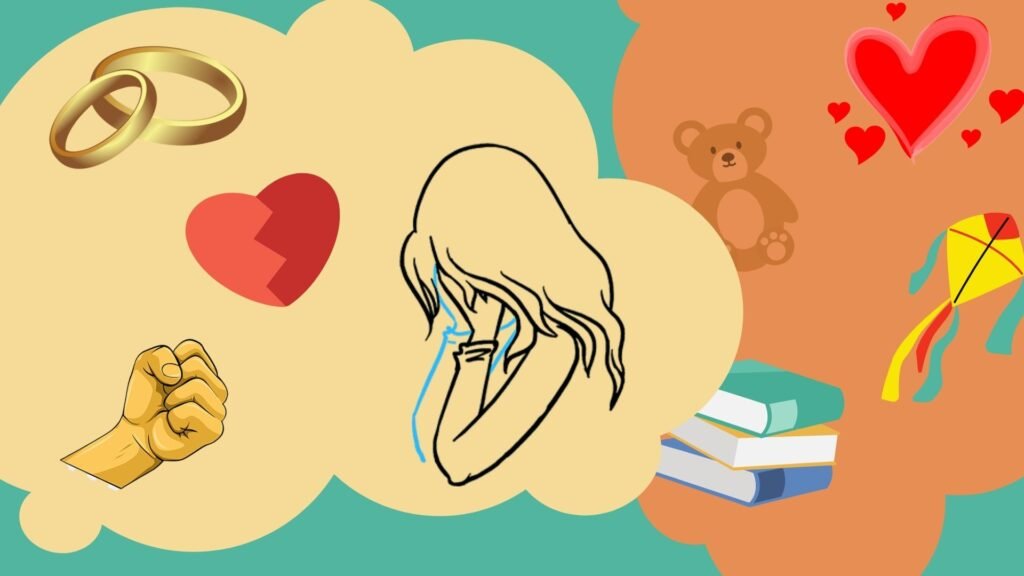Child marriage is the union of one child under the age of eighteen and usually an adult or sometimes another child. Child marriage is often the result of deep-rooted gender inequality, which disproportionately affects girls. Globally, the child marriage rate of boys is only one-sixth that of girls. Child marriage steal girls’ childhood and, at the same time, could potentially threaten their lives and health. Girls who are married under the age of eighteen are more likely to experience domestic violence and are less likely to continue with their education and pursue their dreams. Child-married brides usually become pregnant during adolescence, when the risk of complications during pregnancy and childbirth increases, for themselves and their babies. This practice also isolates girls from family and friends, prevents them from participating in community activities, and seriously affects their physical and mental health.
These types of marriages are a worldwide problem, especially in developing countries. It crosses ethnic, cultural and religious boundaries and can be found in almost every region-from Africa to the Middle East, Asia to Europe and the Americas. Every year, millions of children marry against their will or without real understanding. They and their parents just agree with the consequences. The ambiguity between forced and arranged marriages makes it impossible to accurately determine the actual number of children forced to marry, especially all young girls. However, whether arranged or compulsory, child marriage constitutes a violation of the basic rights of children. In 2005, more than 65 million women (20 to 24 years old) were recorded to have been married before the age of 18.
Different countries adopt different legal approaches to child marriage. Some criminalize child marriage, some prohibit or invalidate marriages below the legal minimum age, while others only stipulate the minimum age for marriage without explicitly criminalizing or prohibiting it. In many countries, there may not be a single child marriage law, but it is regulated through other legislation such as civil law and family law. There are also customary and religious laws, which vary from country to country. These are usually site-specific and can be interpreted by individual chiefs and communities or traditional courts. In many countries, there are legal loopholes that allow exceptions to the minimum age for marriage. These loopholes will weaken the effectiveness of legal protection against girls and prevent them from child marriage. Examples include getting married with parental consent or court authorization, or customary or religious laws that prescribe a lower minimum age for marriage take precedence over national laws.
In order to make large-scale changes, international institutions, governments, and political and faith leaders need to work together and commit to putting human rights standards into practice around the world. This means targeted investments and plans to end child marriage and establish girls’ agency rights. This means ensuring that girls and women have access to quality education, sexual and reproductive health care, a social protection system that promotes gender equality, and a fair and equal labor market. The current funding is far from enough to match the scale of global child marriage.
Editor: Alexia Ștefania Iova
Grafician: Sara Lia
